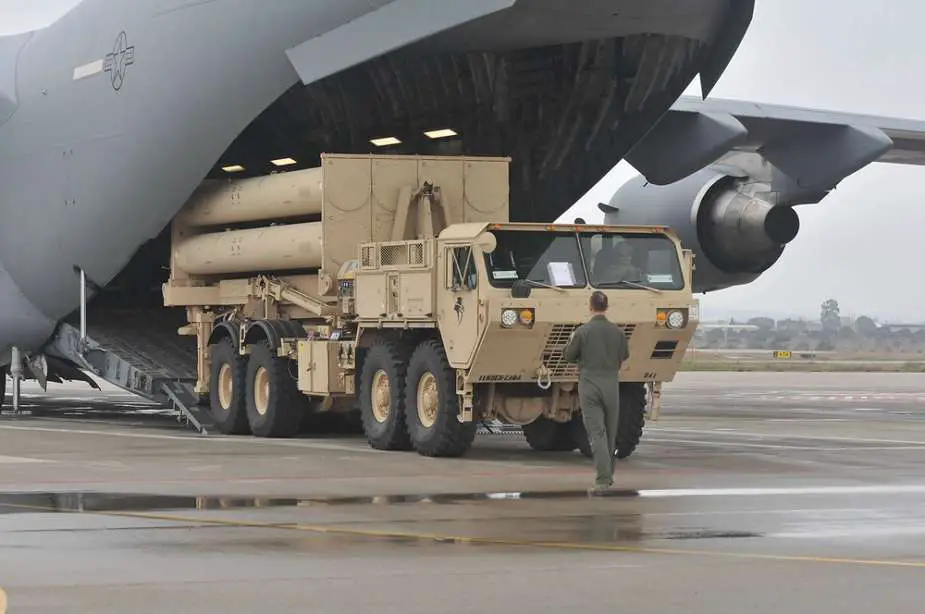Breaking news
US to Deploy THAAD Air Defense Systems in Middle East to Respond to Pro-Iranian Militia Attacks.
In a significant move reflecting the escalating tensions in the Middle East, U.S. Secretary of Defense, Lloyd Austin, announced late this evening that the U.S. Army will be deploying a Terminal High Altitude Area Defense (THAAD) battery along with multiple Patriot Surface-to-Air Missile batteries to the region. This decision comes in the wake of a series of attacks by pro-Iranian militias across the Middle East and the observed escalation in Israel.
Follow Army Recognition on Google News at this link

United States announced the deployment of the THAAD air defense missile systems in the Middle East. (Picture source U.S. DoD)
The THAAD system is one of the most advanced missile defense tools in the U.S. arsenal, designed to intercept and destroy short, medium, and intermediate-range ballistic missiles during their terminal phase of flight. The deployment of this system, coupled with the additional Patriot missile batteries, underscores the U.S. commitment to safeguarding its allies and interests in the region.
Furthermore, Secretary Austin revealed that additional U.S. troops have been placed into a "Prepare-to-Deploy" status, indicating a heightened state of readiness. While the exact number of troops and their potential destinations remain undisclosed, this move signals a robust and proactive stance by the U.S. in response to the evolving security situation in the Middle East.
The THAAD system is composed of several integral components. One of the primary components is its high-resolution, rapidly deployable X-band radar. This radar plays a crucial role in detecting, tracking, and discriminating targets from other objects. Once a threat is identified, the system launches an interceptor missile to neutralize it. The interceptor uses kinetic energy, meaning it directly collides with the incoming missile to destroy it, rather than using an explosive warhead.
The THAAD provides air defense defense for targets within a range of 150 – 200 km. Distinctively, THAAD can intercept threats both inside (endoatmospheric) and outside (exoatmospheric) the atmosphere.
To detect and monitor enemy missiles from 870 to 3,000 km, the THAAD system employs the Army Navy/Transportable Radar Surveillance (AN/TPY-2) radar.14 This radar operates in two configurations: a forward-based mode (FBM) that identifies missiles during their ascent phase to alert other BMDS (Ballistic Missile Defense System) components, and a terminal mode (TM) that offers tracking and engagement details for terminal THAAD actions.
Defense News October 2023























